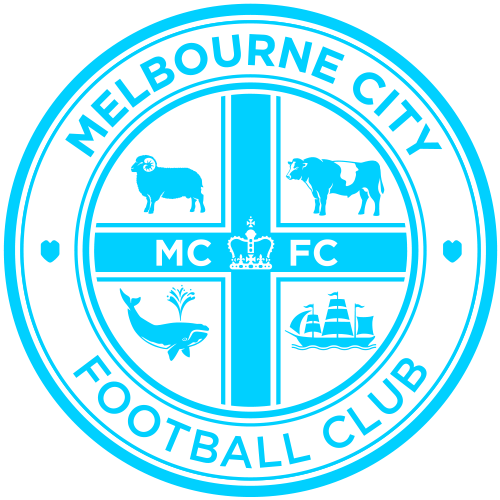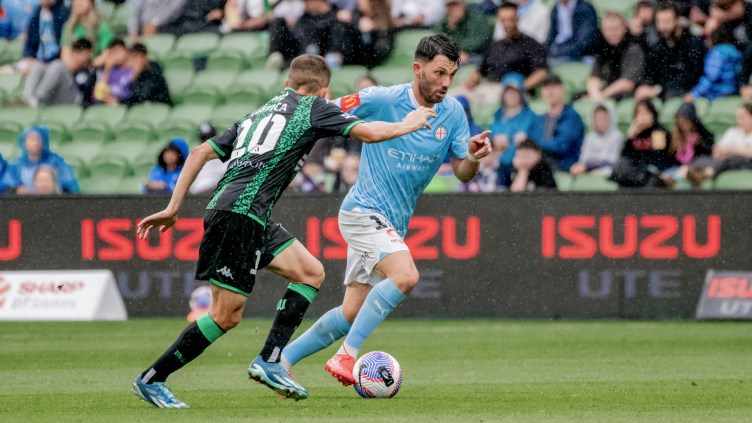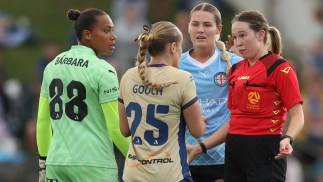The finger shouldn’t be pointed squarely at Matthew Foschini for losing sight of David Williams in the build-up to Heart’s opening goal; many of us had forgotten about him.
Up until the point when Richard Garcia-s intended through ball to Dylan Macallister found its way to David Williams, the image of the former North Queensland Fury forward was a telling one.
There he was, all alone, unmarked, perhaps even forgotten, as the play around him unfolded.
Matt Thompson-s initial darting run, followed by that of Macallister into Melbourne Victory-s 18-yard box, were both regarded as bigger threats by the Victory defence than the looming presence of Williams, who since leaving the defunct Fury in early 2011 has struggled to replicate the sort of form that made him a marked and feared man.
The finger shouldn-t be pointed squarely at Matthew Foschini for losing sight of the 24-year-old; many of us had forgotten about him.
In this instance written off might be a better term. Williams, a player widely regarded as a true goal threat and handful for defenders just over 18 months ago to an attacker now considered as much of a danger in and around the 18-yard box as Jean Carlos Solorzano during his spell at Victory.
Well, that was the line of thinking at 12:59 in the first half of the Melbourne derby, the moment when Thompson headed the ball back to Garcia, who was sizing up his pass to set Macallister free on goal.
By 13:03, as the ball slammed against the back of the net, the name “David Williams” was back on our lips.
Cue the Rolodex in our memory bank springing into action in search of recollections about the twice-capped Socceroo.
The last time Williams was on the scoresheet for Heart was via the penalty spot against Perth Glory in week two of last season — some 15 matches before his last goal in open play.
Fact is, Williams has never been a prolific goalscorer, rather a scorer of the odd spectacular goal.
During his time with the Fury, his tally of eight goals in 49 matches (three from 21 games in 2009/10; five from 28 in 2010/11) was an average of a goal every six games, or in minutes played, one goal every 472 minutes.
Break it down over the two seasons up north and his average in 2009/10 was one in seven matches, followed by a goal every 5.6 games in season 2010/11.
What won him admiration during his Fury days was the manner in which he could intercept passes through his intelligent reading of the play, exploit defences and create chances via his pace and passing ability.
Heart coach John Aloisi won-t be looking at Williams to score week-in, week-out. If he does, great, but that burden rests with Macallister and Josip Tadic.
Like Mate Dugandzic on the opposite wing, Williams is needed to press high and get in the faces of the opposition when not in possession. And when the fast counter-attack is on, break with speed and purpose down the flanks, get in behind the defence and serve the ball on a platter to his allies in attack.
Before the season kicked off, Aloisi admitted that Williams “knows that he struggled last year and he didn’t perform as well as he would have liked or what we expected of him… He has a point to prove this year and he’s looking sharp and fitter than ever.”
Displaying a hunger that was glaringly absent last season, the early signs are encouraging for a player in desperate need of a solid campaign.
When he put pen to paper on a three-year deal with Heart last June, Williams said season 2011/12 would be the most important of his career. He was wrong.




